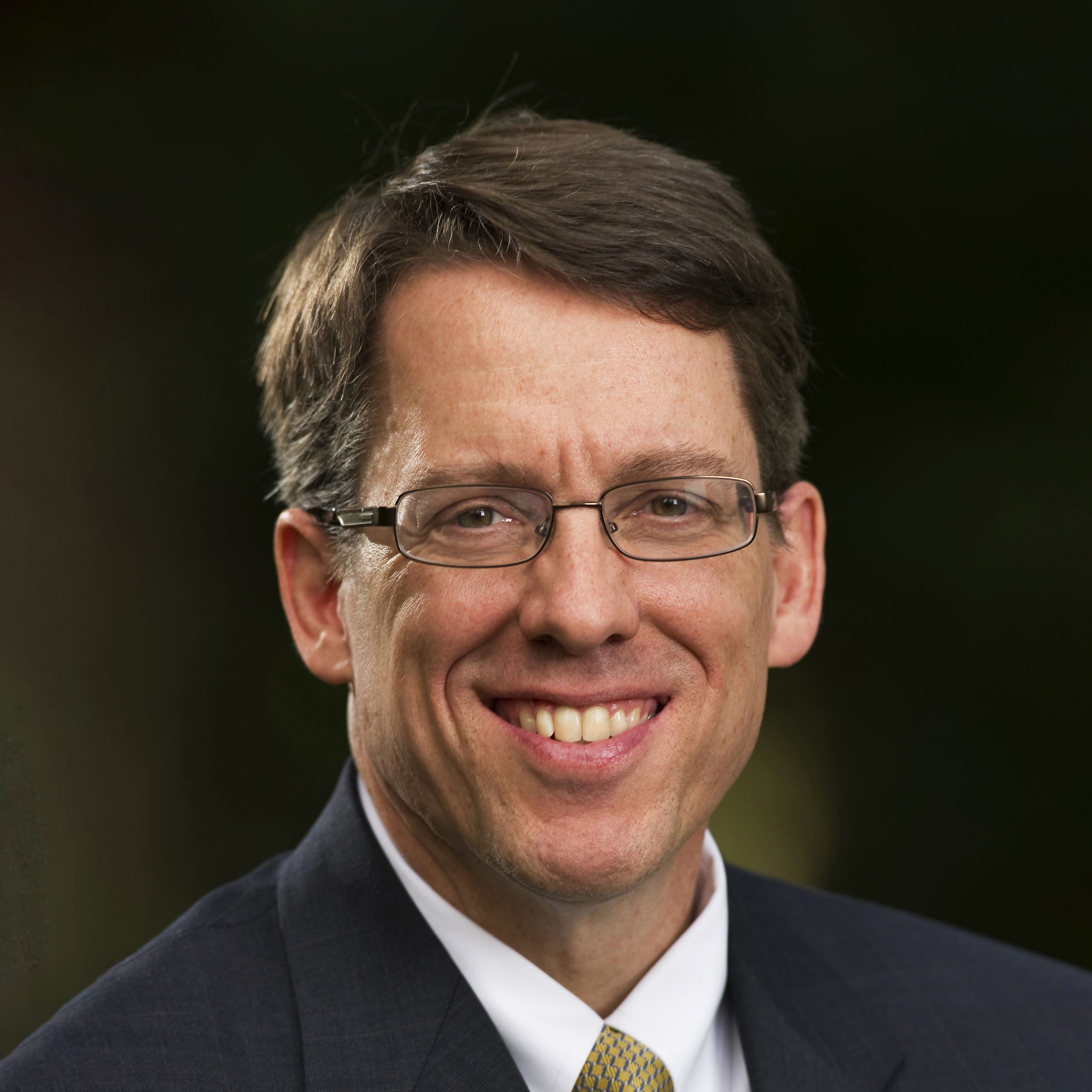Remembering Our Roots
July 29th, 2019I recently returned from ten days of preaching at Indian Springs Holiness Camp Meeting in Georgia. It is one of hundreds which will take place across this nation during the summer. If you have never experienced a Camp Meeting, then you should attend one because it is a vital reminder of an important chapter in the history of Christianity in the USA. Camp Meetings were one of the leading avenues of renewal, revival, and, interestingly, partaking of the Eucharist, during the Second Great Awakening (1790-1840). A typical format would be people coming and living in tents or makeshift shelters for ten days of preaching and revival. These gatherings were called “camp meetings” or “protracted meetings.” The setting was originally a simple “brush arbor,” but as the meetings became an annual event, they began to construct permanent open air “tabernacles.” Itinerant evangelists would come and preach the gospel and call for repentance. There would be a time of singing and worship.
One of the most influential Camp Meetings on the frontier occurred from August 6 to August 13, 1801 at Cane Ridge, Kentucky which drew as many as 20,000 people. Cane Ridge exemplified the Camp Meeting “standard” with three additional features: the altar, the mourning bench, and the communion table. The altar was the place where you came for prayer to receive Christ or receive special ministry. The mourning bench was a place to sit and travail before God if you were under conviction. Finally, at the climax of the Camp Meeting, communion would be offered since many avoided taking communion during the year for fear that they were not spiritually prepared.
In our tradition, the Camp Meetings grew out of the holiness movement. In these meetings, there would be a special emphasis on the second work of grace and the doctrine of holiness and sanctification. As with all great awakenings, there were hundreds of new hymns which were written to give expression to the vibrancy and theology of their experience. We sometimes forget that, for them, these were contemporary, popular songs written in a style which reflected the exuberance and joy of the gathering. Songs like, “The Comforter has Come,” “Higher Ground,” and “Down at the Cross” are a few examples of the hundreds written during the 19th and early 20th century. Francis Asbury was a great supporter of the Camp Meeting format, because he believed that it was well suited to provide an atmosphere for spiritual transformation.
As noted earlier, this year I was an evangelist (along with Dave Ward and Chris Bounds) at Indian Springs Holiness Camp Meeting. We preached for ten days in the main Tabernacle. In addition, Joe Dongell taught a Bible study each morning. There were other leaders and evangelists who preached and ministered in a large youth Tabernacle, a “tweens” Tabernacle (middle school), and the Glenn Tabernacle (children). There was also a vibrant nursery. Hundreds of people lived on the grounds during those ten days, and others come in from the surrounding area for the meetings. Every service concluded with an altar call, and hours were spent each day praying alongside people for salvation, sanctification, healing, or other needs on their spiritual journey.
It is difficult for those who have not been a part of these kind of meetings to fully appreciate how deep and vibrant this tradition is. The whole tenor of the event is one of joy and fellowship, yet wrapped in the larger envelope of the seriousness of why we had gathered. Very few gatherings in America today feature the kind of transgenerational experience of a Camp Meeting. It is not unusual for four generations of a family to be living in one of the cabins during the encampment. The spontaneous choirs which come forward to provide special music regularly included children as young as 8 or 9, all the way up to men and women in their 80’s—all singing with a full heart. The deep “belonging” that a Camp Meeting produces is perhaps best illustrated by an experience I had in the “tweens” tabernacle. I casually asked two thirteen-year-old girls how many years they had been coming to Indian Springs Camp Meeting. They both beamed and one said “thirteen” while the other, at the same time, said “fourteen.” At that point, the one thirteen-year-old turned to the other thirteen-year-old and said, “how can you have come here for fourteen years when you are only thirteen years old?” The other responded, with a smile, “because I first came here inside my mother’s womb!” That fairly well sums up the power and formation of a Camp Meeting. There are few gatherings of people left where the primary and driving “identity” is that of repentance, renewal, and the deeper life.
Henry Clay Morrison, the founder of Asbury Theological Seminary, preached at Indian Springs for fifty years. No single person has ever preached more sermons at Indian Springs than Morrison. There is a granite monument on the campus of the campground to commemorate his lifelong contribution to Indian Springs. In 1942, Morrison died in Kentucky. He did not die at his residence on the campus of the seminary, but at a camp meeting after preaching. What a legacy and a heritage for us to remember as we seek, in our own way, to raise the “banner” of holiness in our own day.
Feedback
Please fill out the form below if you would like to provide feedback to Dr. Tennent concerning this blog entry.


